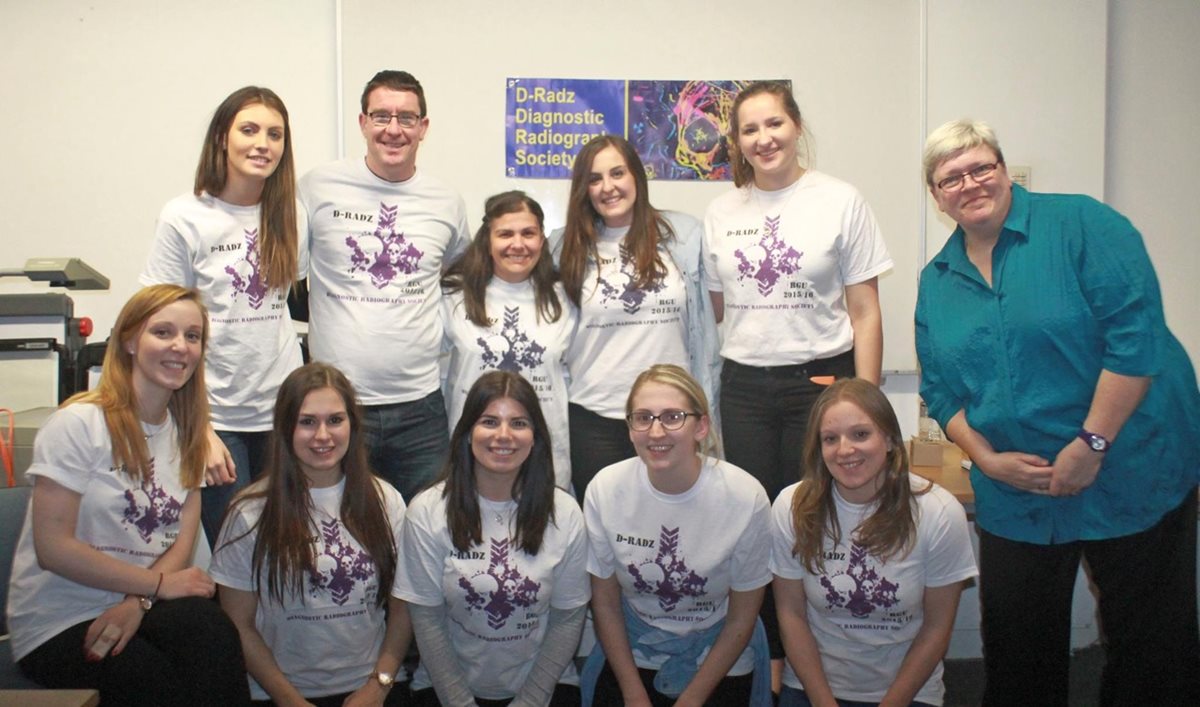Author: Ashleigh Bishop
Students at Robert Gordon University held their first academic workshop of the year on 22 October 2015.
The event was organised by the university’s radiography student society – D-Radz – which provides social and educational CPD events.
D-Radz welcomed guest speaker Lesley Crerar, a BSL interpreter and current chair of Scottish Association of Sign Language Interpreters (SASLI), along with volunteer members of the deaf community to the event.
The idea for the event came from committee members who voiced concerns that while on clinical placements they felt unable to communicate as effectively as they would like with patients who are deaf or hard of hearing.
It was also an issue raised by former RGU radiography student Kat Berrie who based her final year research project on this issue.
Her findings showed there is very little literature for radiographers treating deaf patients, so as a result not many people in the radiography profession knew how to appropriately communicate with deaf people.
One important point made was that if a patient has been deaf from birth rather than deafened at a later stage and especially if they are BSL users, they may not be able to read and write, therefore using notes to aid communication doesn’t work.
Between 30-50% of patients miss appointments because they don’t hear their names being called and only find out at the end of the day when they are the last ones left sitting in the waiting room.
In her presentation, Lesley Crerar gave an overview of the role of SASLI, standards of regulation it adheres to as well as why and how to use an interpreter.
Lesley explained that it is not appropriate to ask an interpreter to tell a patient information; when using an interpreter radiographers should speak directly to the patient, even if they aren’t looking at you.
Also, interpreters will speak in first person and change their tone of voice to communicate exactly the emotions being portrayed.
The talk ended with a discussion of deaf culture and highlighted future developments, such as the recently passed BSL (Scotland) 2015 Bill that aims to make services more accessible.
A highly interactive session followed Lesley’s presentation. It included the opportunity to practice basic signs, spell words and engage in role play scenarios with the volunteers.
All students were given a copy of the BSL alphabet to take home and gave extremely positive feedback.
Students left the event with a basic understanding of BSL and improved confidence in communicating with patients who are deaf.
